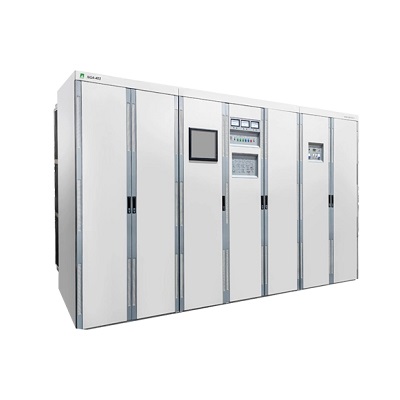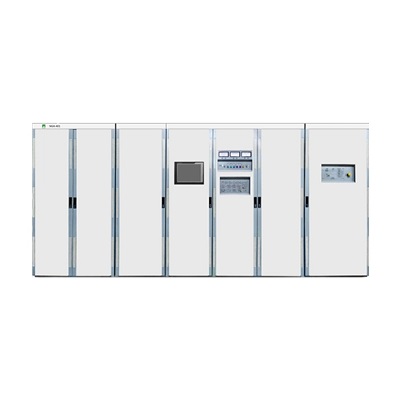An AM radio broadcast transmitter is a specialized device that superimposes an audio signal onto a carrier wave using amplitude modulation technology and transmits the radio waves on medium frequency (MF) or low frequency (LF) bands. It is the terminal link in the broadcasting chain that truly "sends out" the program content, responsible for modulating the audio content to sufficient power and transmitting it into the air through the antenna system.
In modern information society, despite the rapid development of digital broadcasting and streaming media technologies, AM (Amplitude Modulation) broadcasting still plays an irreplaceable role in fields such as emergency broadcasting, rural information dissemination, and international broadcasting due to its wide coverage, strong anti-interference ability, and low deployment cost. In this system, AM radio broadcast transmitters are the key technical equipment connecting the program content and the audience.
The principle of an AM radio broadcast transmitter is to modulate a low-frequency audio signal onto a higher frequency radio carrier wave, allowing the amplitude of the carrier wave to vary with the audio signal. This method not only enables the wireless transmission of audio information but also achieves long-distance coverage.
An AM transmitter mainly includes the following key technical modules:
The modulator is responsible for amplitude modulating (AM) the audio signal with the high-frequency carrier wave to generate the modulated signal. Modern AM transmitters generally adopt digital modulation methods (such as Direct Digital Synthesis, DDS) to improve signal stability and anti-interference capability.
The modulated high-frequency signal must be amplified to sufficient power (ranging from several kilowatts to tens of kilowatts) to be effectively transmitted via the antenna. This module needs to have high efficiency, good thermal management, and linear amplification characteristics.
After filtering and impedance matching, the power signal is transmitted to the antenna for broadcasting. The matching system ensures maximum energy transfer and reduces reflection loss.

AM broadcasting has a relatively long wavelength, especially at night, featuring "skywave reflection" characteristics that allow the signal to bypass terrain obstacles and even cross countries. A high-power AM transmitter can cover hundreds of kilometers, suitable for national or regional broadcasting.
AM broadcasting equipment has a simple structure and is easy to maintain, capable of stable operation even in sudden situations such as natural disasters or power outages. Therefore, it is widely used in emergency broadcasting systems.
Compared to FM and digital broadcasting systems, the construction and operation cost of AM radio broadcast transmitters are lower, making them suitable for broadcasting infrastructure construction in rural and remote areas.
Many countries use AM broadcasting to transmit to foreign countries, spreading their national voice, which is an important means of cultural export and international communication.
The NGA-401 DRM Radio AM Transmitter from Newglee is a robust, future-proof solution for digital broadcasting. Its dual-mode DRM and AM support, combined with xHE-AAC audio and advanced DPD technology, ensures exceptional signal clarity and efficiency. The inclusion of Journaline and EWF enhances its utility for modern broadcasting needs. Compact yet powerful, this transmitter is ideal for radio stations aiming to upgrade to digital while maintaining AM reliability. Newglee's focus on scalability and remote management makes the NGA-401 a top choice for broadcasters worldwide.
